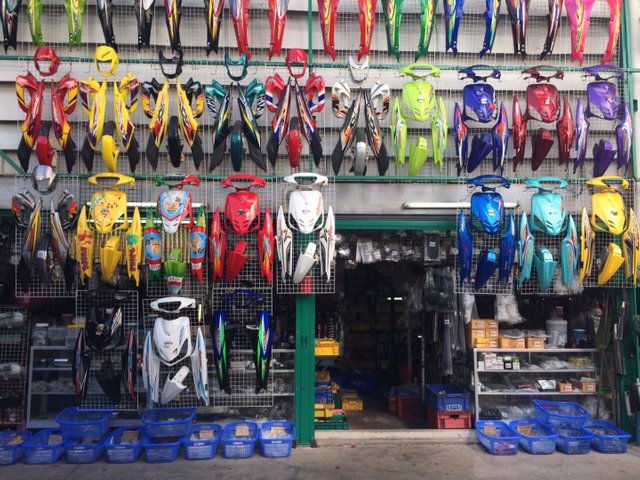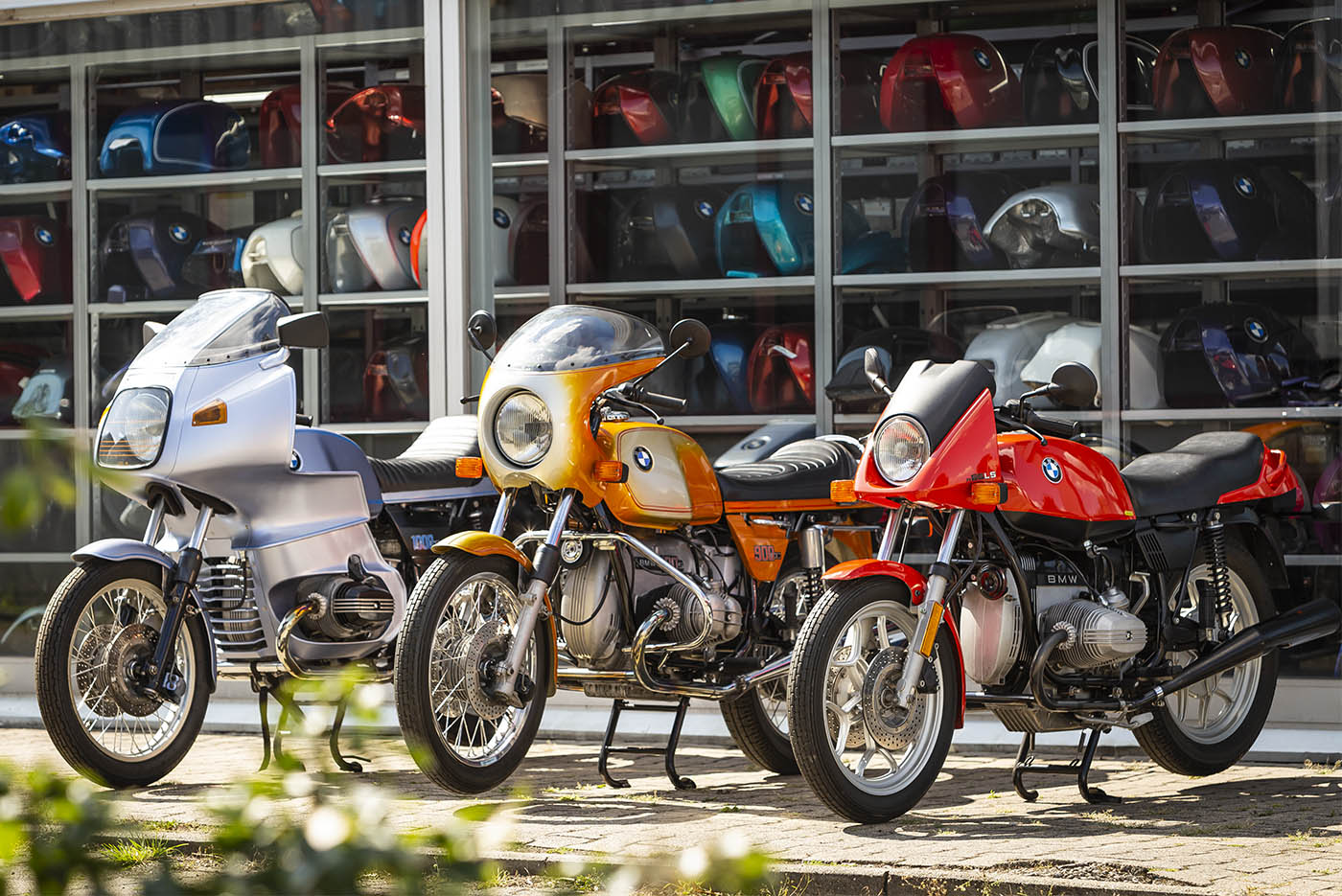Check Out the most up to date Motocross Gear NZ for each Degree of Rider
Check Out the most up to date Motocross Gear NZ for each Degree of Rider
Blog Article
Grasping Bike Gears: Just How to Maximize Your Riding Experience
In the world of motorcycling, grasping the art of gear manipulation is vital for boosting your riding performance. Effectively understanding and using motorcycle gears can dramatically affect fuel, control, and velocity effectiveness, transforming an average experience into a seamless, thrilling trip. By integrating precise change timing and adapting gear selection to various road problems, riders can make sure optimal engine efficiency and safety and security. The subtleties of clutch control, throttle coordination, and gear mechanics beckon a much deeper expedition, assuring to open the complete potential of your maker. Exactly how can these techniques be taken advantage of to absolutely maximize your riding experience?
Understanding Gear Mechanics
At the core of motorcycle characteristics, gear mechanics play an essential role in transforming engine power into motion, inevitably determining rate and control. The gear ratios, thoroughly developed, establish the partnership in between engine changes and wheel turns, influencing velocity and fuel effectiveness.
Understanding equipment mechanics starts with recognizing the significance of the gearbox, which houses several equipments of differing dimensions. These gears interact with a procedure recognized as meshing, where teeth of different equipments engage to send power.
Furthermore, the principle of equipment moving is essential to making best use of performance. Smooth and timely changes make certain that the engine runs within its optimal power band, avoiding unnecessary pressure and boosting durability (motox parts nz). By comprehending these mechanical intricacies, riders can accomplish a harmonious blend of performance, control, and power, raising their riding experience
Timing Your Changes
Change timing mastery is essential for enhancing bike performance and enhancing the riding experience. Appropriately timed shifts guarantee that the engine runs within its optimal power band, which is critical for keeping control, achieving smooth velocity, and making sure the durability of the motorcycle. Bikers need to establish an intuitive sense of when to move gears, which entails recognizing the relationship in between engine revolutions per min (RPM) and rate.
To master shift timing, pay attention to the engine's sound and really feel, as these provide essential ideas regarding when to transform gears. The optimal change factor usually happens when the engine approaches the upper series of its power band without reaching the redline. Changing also early can lead to a lack of power, while moving far too late might create unneeded engine pressure
Furthermore, roadway problems and riding design influence shift timing. In metropolitan settings, smoother and extra constant shifts may be required to browse website traffic successfully. On the other hand, throughout freeway riding, fewer shifts at higher rates can be better suited. Exercising in different settings will enhance your capability to time changes exactly, eventually raising your riding experience to a specialist degree.
Enhancing Gas Effectiveness
While grasping bike equipments is important for performance, improving fuel efficiency is similarly crucial for both environmental and economic reasons. Ideal gas intake not only reduces functional expenses however also minimizes the environmental impact of riding. To attain this, one must comprehend the intricate relationship between gear choice and engine efficiency.
Riding in a greater equipment at lower rates can lead to engine hauling, which is destructive to both fuel economic situation and engine health. On the other hand, riding in reduced equipments at high speeds results in unneeded fuel consumption.
Additionally, normal maintenance plays a pivotal role in fuel efficiency. Ensuring that the motorcycle is well-tuned, with clean air filters and correctly blew up tires, can boost aerodynamics and reduce fuel wastefulness. Furthermore, taking on a riding design that welcomes progressive velocity and smooth slowdown can add to better fuel economic climate.

Strategies for Smooth Transitions
Achieving smooth gear transitions is essential to improving the riding experience and ensuring YOURURL.com the long life of a motorbike's transmission system. Appropriate equipment changing not only adds to a seamless experience yet additionally decreases damage on the mechanical elements. To grasp the art of smooth shifts, cyclists must concentrate on a couple of essential methods.

Second of all, clutch control plays motorcycle helmets for sale a crucial duty. Involving and disengaging the clutch smoothly calls for practice. The clutch bar must be released progressively, permitting for a seamless transfer of power from the engine to the wheels without triggering a jolt or abrupt motion.

Adapting to Roadway Problems
Browsing diverse roadway problems is a vital ability for any motorcyclist intending to maintain control and safety. Whether you're riding on damp surfaces, gravel roads, or navigating sharp turns, your capability to adjust your equipment usage and riding method is extremely important. Recognizing exactly how to adjust your gears suitably can dramatically affect traction and security, making certain a more secure journey.
On wet roads, it is a good idea to keep higher gears to lower torque and lessen wheel spin. This method aids maintain grasp on unsafe surfaces, permitting smoother velocity and slowdown. On the other hand, when riding on crushed rock or uneven terrain, reduced equipments are more suitable. Reduced equipments offer much better control and enable you to respond even more swiftly to more info here unexpected changes in the road surface.
Sharp contours require precise equipment management to stabilize rate and control. Downshifting before entering a curve can aid maintain energy while guaranteeing the motorbike remains secure throughout the turn. Consistent method in varied problems boosts your capacity to respond and predict to modifications in roadway appearance and incline.
Final Thought
Mastering motorcycle equipments considerably enhances the riding experience by boosting acceleration, fuel, and control effectiveness. An extensive understanding of equipment technicians and exact shift timing makes certain the engine operates within its optimum power band, while smooth transitions through reliable clutch and throttle coordination rise convenience and efficiency. Adapting gear choice to numerous road problems, such as using higher equipments on damp surface areas and lower gears on crushed rock, further enhances handling and safety. Eventually, these skills elevate the total journey.
Understanding equipment mechanics starts with recognizing the importance of the gearbox, which houses numerous gears of varying dimensions. These equipments interact via a process known as meshing, where teeth of different gears engage to send power (motocross gear). Gentle changes to the throttle throughout equipment changes can prevent jerky movements and keep a consistent riding rate
Whether you're riding on damp surfaces, gravel roads, or navigating sharp turns, your capacity to adapt your equipment usage and riding technique is paramount. Adapting gear option to various road problems, such as making use of greater equipments on wet surfaces and reduced gears on crushed rock, additional improves handling and safety.
Report this page